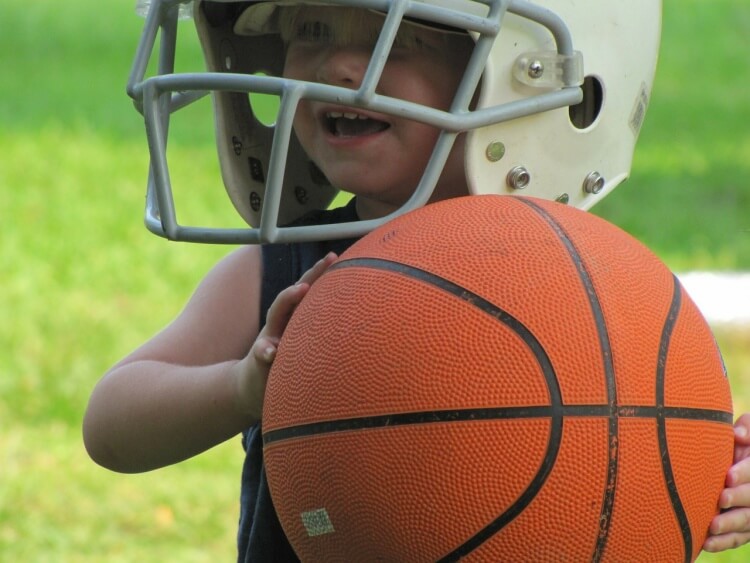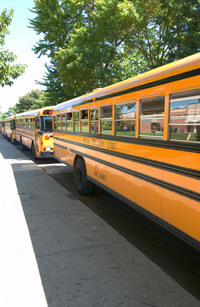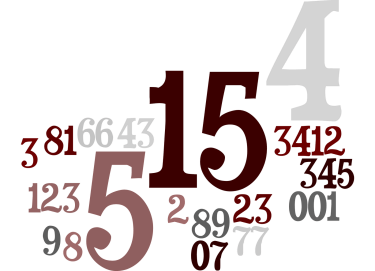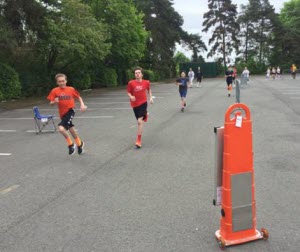Hopefully this finds you well and enjoying a well deserved vacation. It’s a relief to have a respite from the stress that hits teachers and coaches from so many directions. Instead of creating an environment that works for everyone, administrators, parents, and students are too often more focused on outcomes. Schools that use a collegial approach to education rather than a competitive one are great. Hopefully you are in one. Having said that, it brings to mind an idea that can start you on your next school year differently. Let me explain.
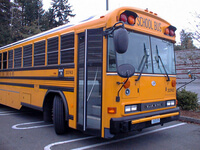
During my teaching career, I came to realize that with students at all different skill levels and having vastly different experiences in what we teach, it was simply not enough to grade them on participation, whether they were dressed for class or not, if they were great athletes, or if they got a good grade on a quiz or two. I wanted to teach. I wanted my students to want to learn. And, I knew if they learned and became productive citizens in class, they would LOVE being there. And, yes, I wanted that too.
Achieving this vision while I taught in junior high was easy. I still have fond memories of how each unit ended with everyone, me included, on such a high that we almost hated to move on to something new. Why? Because the energy, the level of teamwork, and the outpouring of enthusiasm had blossomed over the course of the unit. The resulting crescendo was so great that starting from square one on something new was a bit of a let down. Truthfully, even the non-athletes were involved and excited by the end of the unit. They had learned to become solid citizens on their teams making whatever contributions they could, and had been praised for it by teammates who were supportive and helpful. My classes had learned to accept individual differences, respect the effort of the less athletically gifted, and were there applauding each improvement they observed. I was so proud of them that I could burst.
